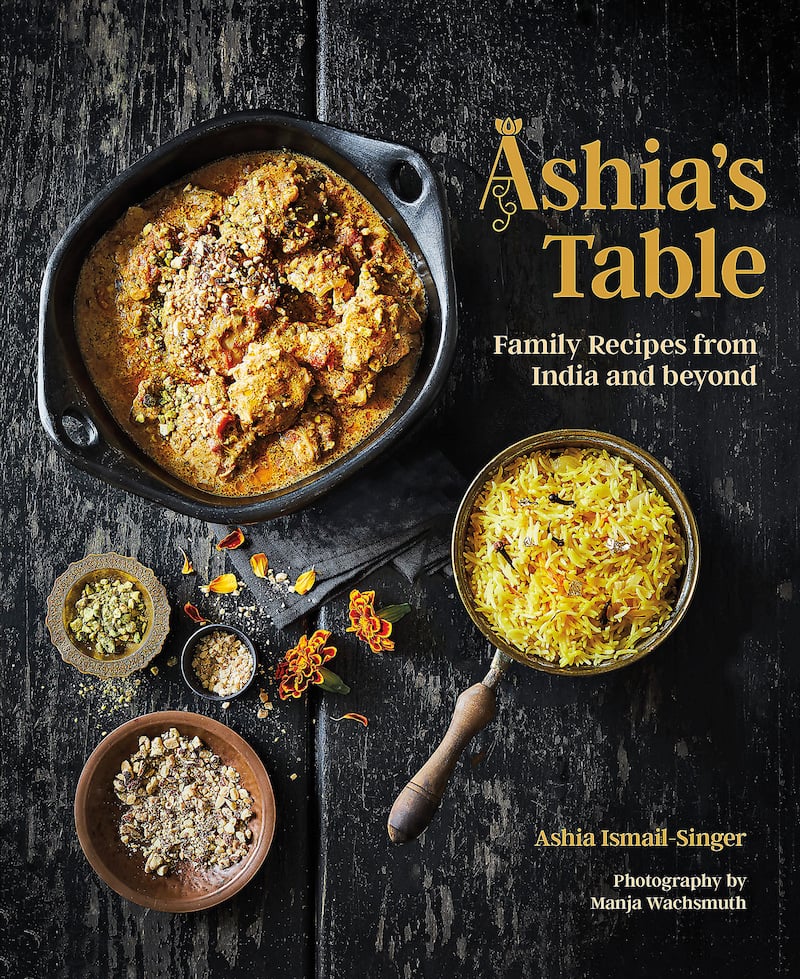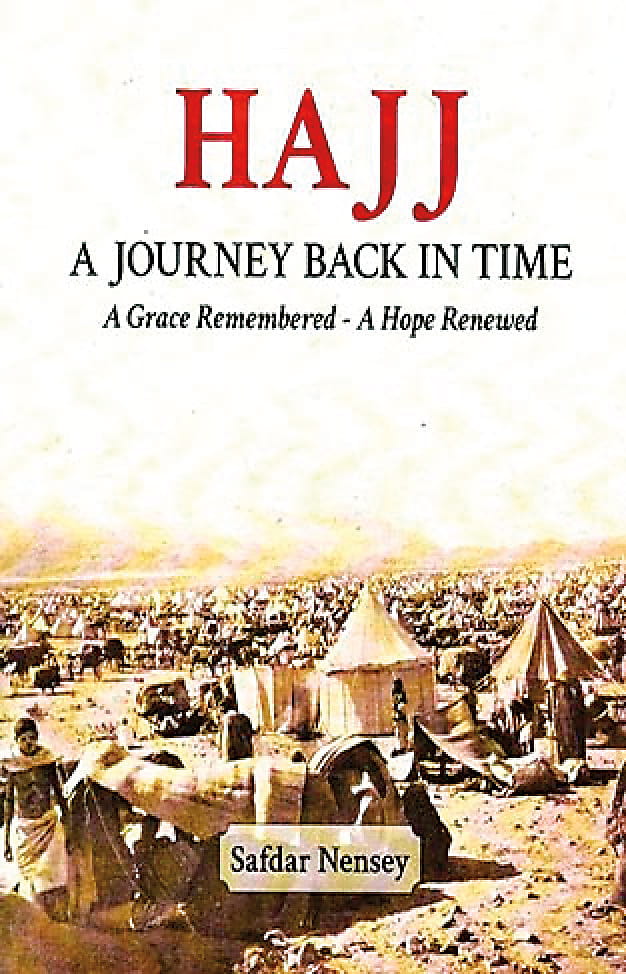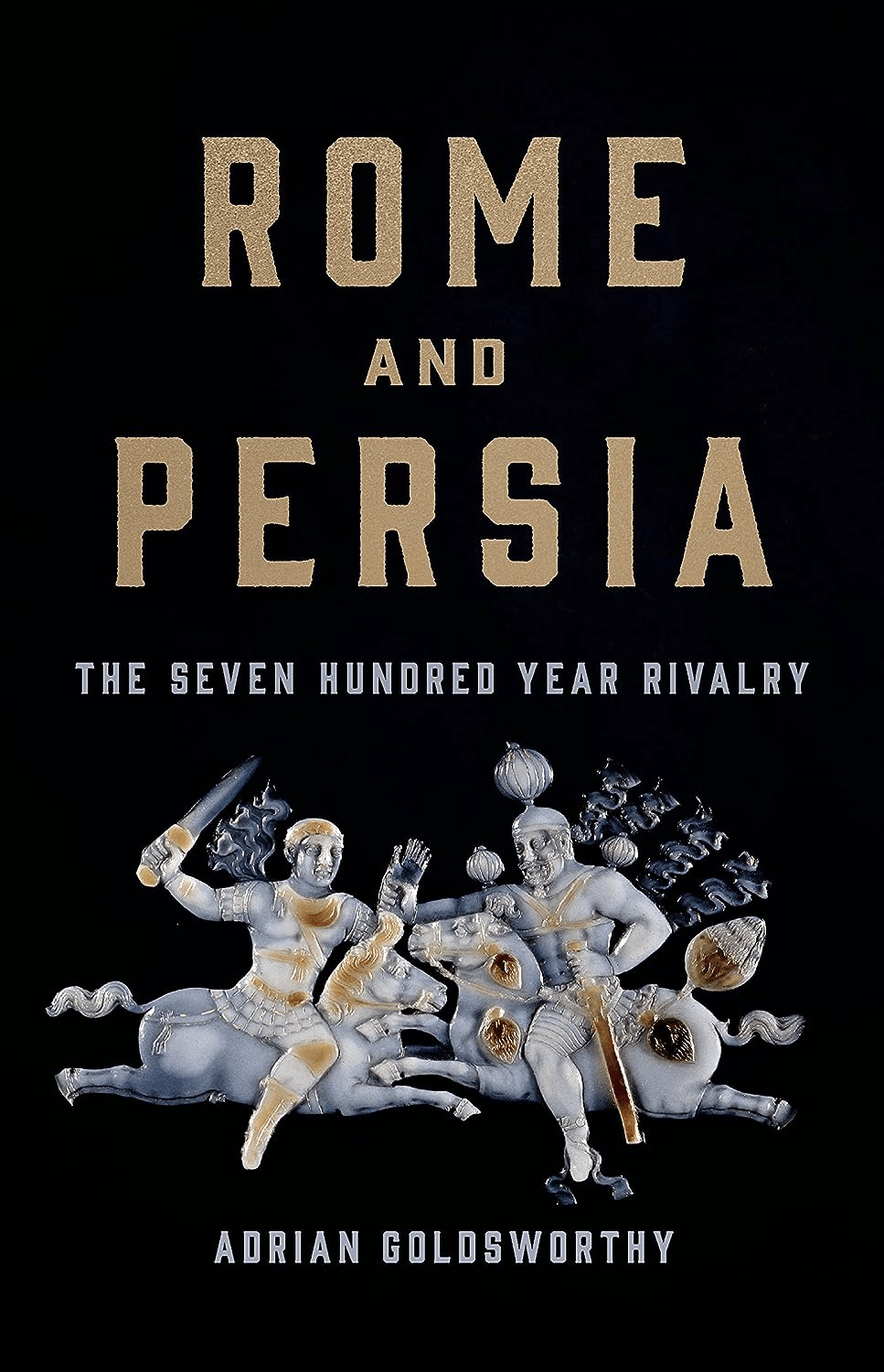
Ashia's Table: Family Recipes from India and beyond
Tom Verde
Ashia Ismail-Singer
Interlink Publishing. 2021.
“Mine is an immigrant’s cuisine of sorts, blending old traditions with new ones, creating food that spans generations, geography, and ethnicity.”
—From Ashia’s Table
—From Ashia’s Table
The Memon Muslim community of ancient northwestern India and the Sindh region of modern southeastern Pakistan traces its ancestry to 15th-century Hindu merchants who converted to Islam. (Memon comes from mumin, Arabic for "believer.") Trafficking in spices originated in the Indian subcontinent and Southeast Asia, as these men journeyed from their homelands to trade in Africa, the Middle East and beyond, where their native Indian cuisine blended with those of other cultures. This collection of recipes by Ashia Ismail-Singer, a Memon mother and home cook, reflects that rich diversity. While featuring Indian standards such as mango chutney and paratha (fried bread), the inclusion of lamb kebabs in pita, kofta (meatballs) with eggs. or carrot halva with mascarpone (pudding similar to Italian panna cotta) brings Middle Eastern, Central Asian and European elements to the table. The single-page recipes provide an accessible introduction to an otherwise exotic cuisine.
You may also be interested in...

Author Safdar Nensey’s Hajj: A Journey Back in Time—Our Book Review
Safdar Nensey invites readers into one of the world's oldest and most sacred annual expeditions: the Muslim pilgrimage to Makkah.
In War and Peace, Book Explores How Rome and Persia Remained Frenemies
Book Review: In his latest scholarly work, Roman historian Adrian Goldsworthy reduces Persian and Roman longevity to simply an ever-evolving coexistence.